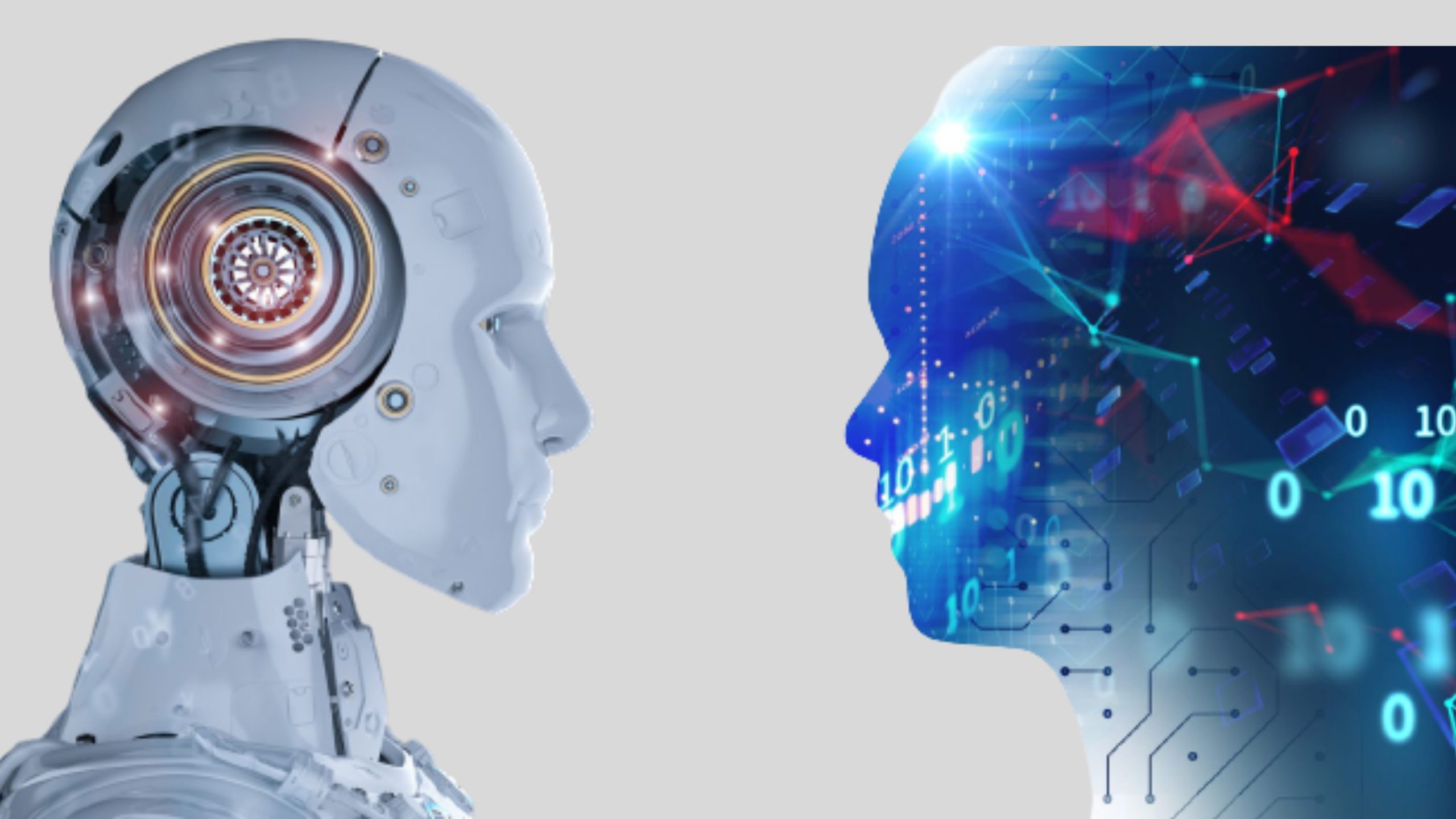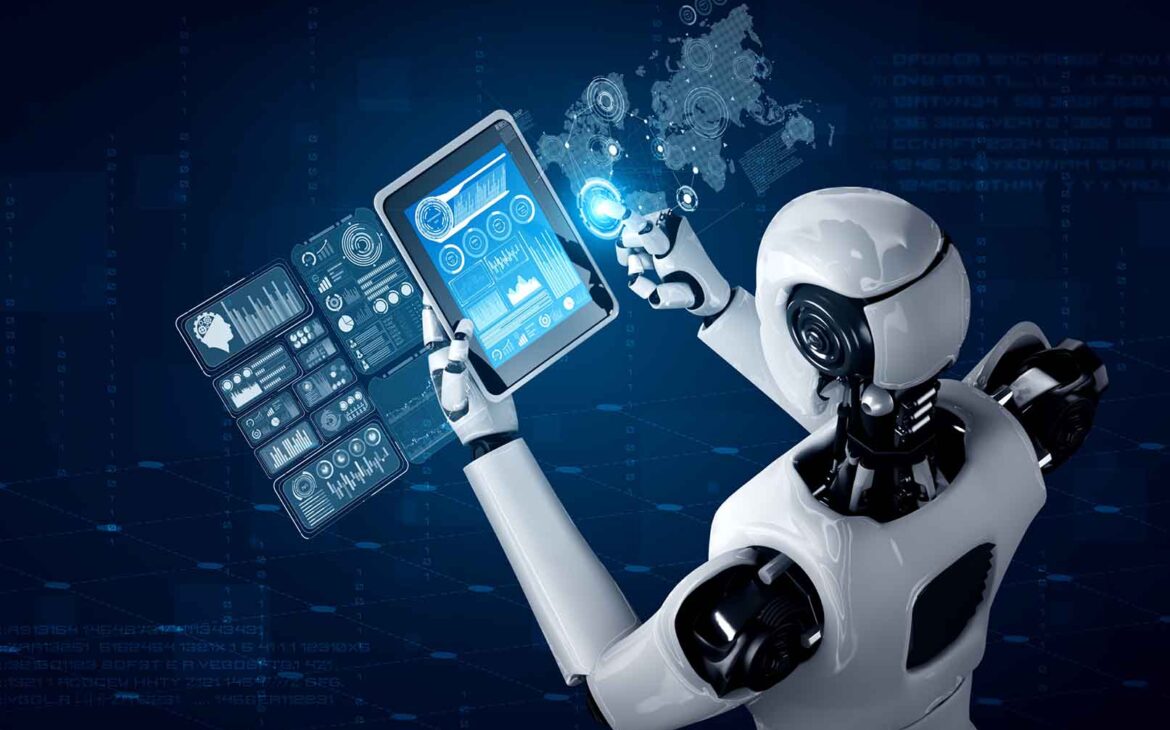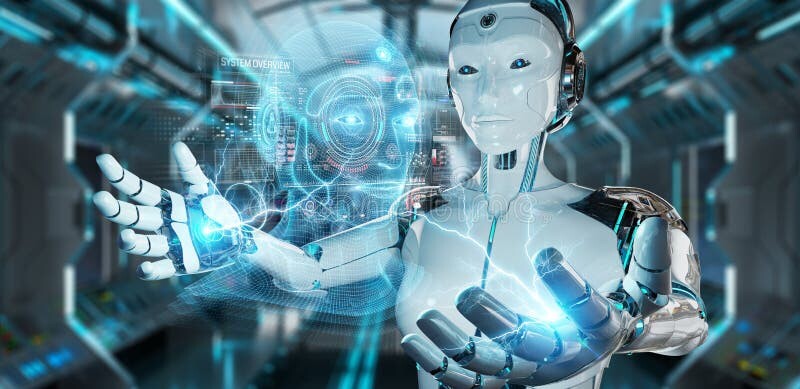Artificial Intelligence (AI) and Robotics are advancing rapidly, transforming industries with smart automation and intelligent decision-making. Knowing the top tools used in this field helps developers, engineers, and organizations build efficient AI-powered robotic systems.
What Are AI and Robotics Tools?
AI and robotics tools are software frameworks, platforms, and libraries that assist in developing, training, simulating, and deploying intelligent robotic systems. These tools enable machines to perform tasks like perception, planning, decision-making, and learning with minimal human intervention.
How AI and Robotics Tools Work
These tools provide developers with pre-built algorithms, simulation environments, and machine learning capabilities that help design robots capable of understanding and interacting with their surroundings. They can process sensor data, learn from experiences, and adapt to new challenges.
Key Tools in AI and Robotics
TensorFlow: An open-source machine learning platform widely used for building AI models in robotics, especially for perception and decision-making.
ROS (Robot Operating System): A flexible framework for writing robot software. It provides libraries and tools to help create complex and scalable robotic applications.
PyTorch: A popular machine learning library known for its simplicity and dynamic computation graphs, often used in robotic vision and AI-based control systems.
OpenAI Gym: A toolkit for developing and comparing reinforcement learning algorithms. It’s widely used for training robots in simulated environments.
Gazebo: A powerful simulation tool that allows developers to test robots in realistic 3D environments before real-world deployment.
NVIDIA Isaac: A robotics platform that includes hardware, software, and simulation tools designed to accelerate AI-powered robotic development.
Benefits of Using AI and Robotics Tools
These tools simplify complex processes, accelerate the development cycle, improve accuracy, and allow safe testing in virtual environments. They also support the creation of more autonomous and intelligent robotic systems.
Limitations to Keep in Mind
Some tools have a steep learning curve and require significant computational resources. Additionally, simulation results may not always perfectly translate to real-world conditions, requiring further fine-tuning.
Conclusion
Leveraging the right AI and robotics tools can significantly enhance the development of intelligent systems. By combining these technologies with skilled engineering, organizations can create robots that are smarter, safer, and more efficient.







Leave feedback about this